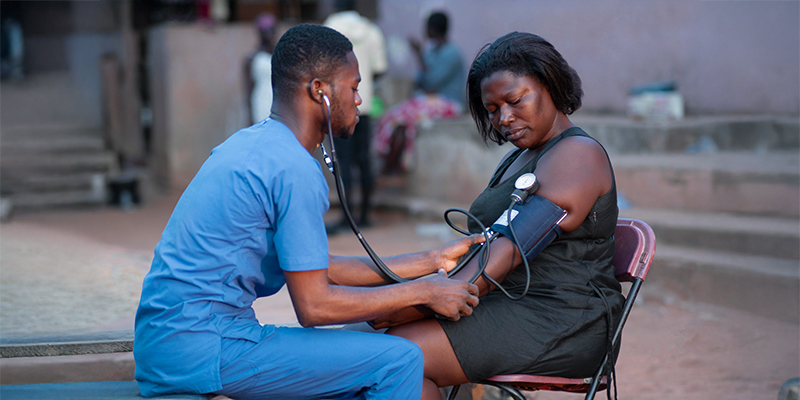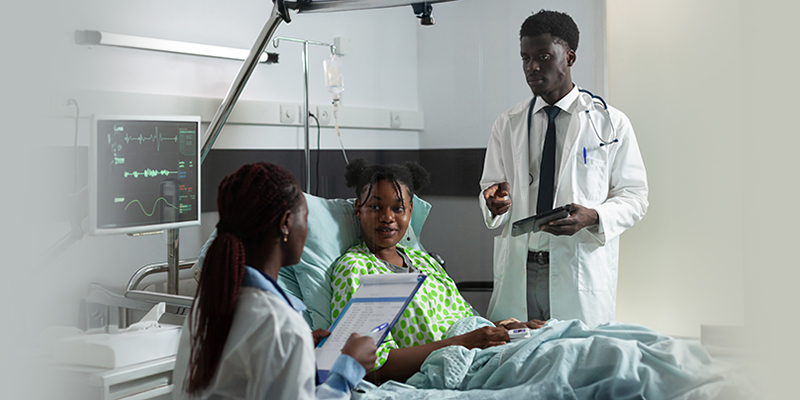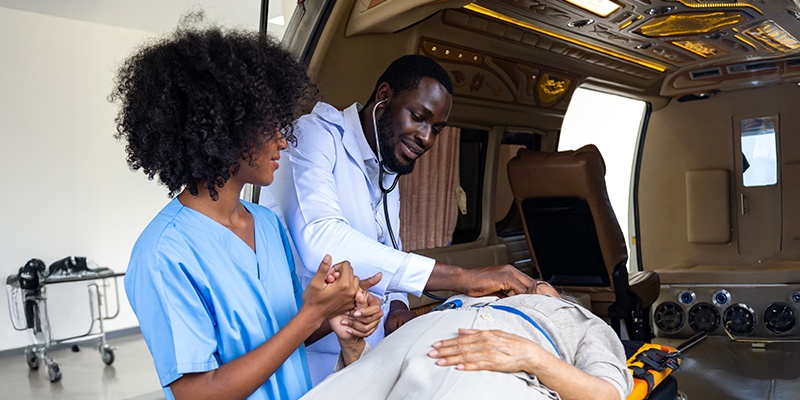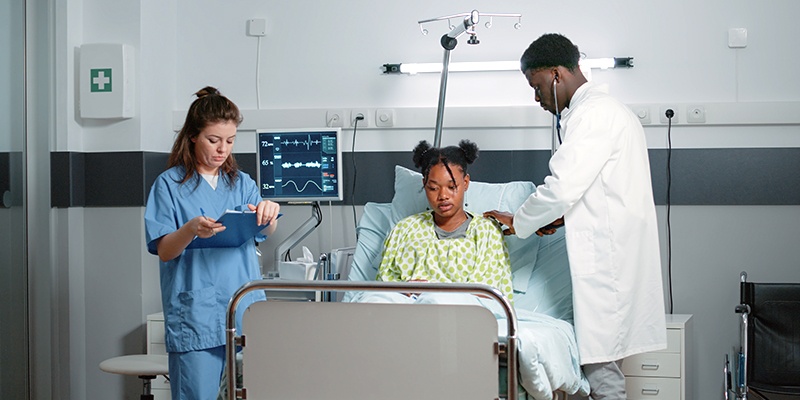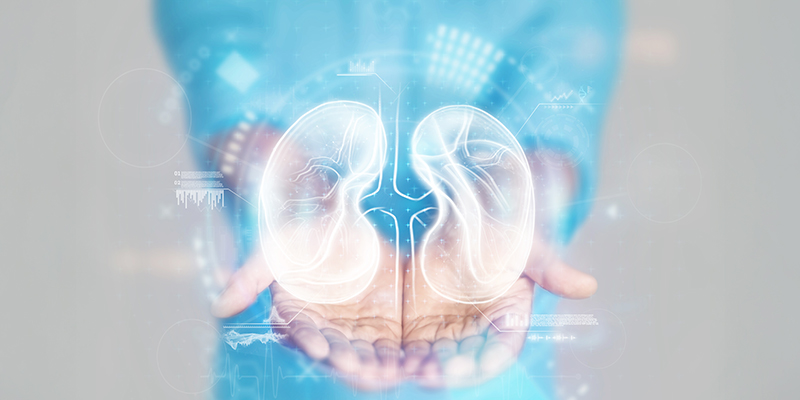Childhood asthma or pediatric asthma is a lung and respiratory disease that affects children. When the lungs and/or airways of a child get inflamed on exposure to triggers, like catching a cold or inhaling pollen, the condition is known as childhood asthma. The condition is not altogether different from asthma in adults, however, children can experience different, unique and critical symptoms. During a severe asthma attack, an emergency visit to a hospital or hospitalization for a longer duration may also be required.
A study conducted on 3534 students of age 13-14 years in the city of Lubumbashi found out that 10.33% of students showed symptoms of asthma. This is an alarming number and demands the immediate attention of people, the government and medical authorities.
Read on to find out the causes, symptoms and treatment of childhood asthma.
Causes of Childhood Asthma
The exact cause of childhood asthma has not been identified yet, however, certain factors are known to increase the risk of developing asthma in kids. These include:
- Family history of asthma
- Inherited tendency to develop allergies
- Being infected with some respiratory or lung infection at a very young age
- Exposure to air pollution, cigarette smoke or other such environmental factors
Children with asthma experience increased sensitivity to certain triggers. These triggers lead to swelling in the lungs and airways which may further produce mucus in this condition. Triggers and the intensity of the asthma attack caused by them differ from child to child. Some of the most common triggers are:
- Exposure to allergic particles such as pollen, mould, pet dander, dust mites, etc.
- Nasal, respiratory or lung infections such as common cold, sinus infections and pneumonia
- Exposure to fire smoke, cigarette smoke or other air pollutants
- High-intensity physical activity as it can lead to coughing, wheezing and a tight chest
- Cold weather or travelling to higher altitudes
- Stress, anxiety or any other such factor that leads to shortness of breath
Symptoms of Childhood Asthma
Common signs and symptoms of childhood asthma are:
- Frequent coughing without any other underlying cause
- Cough that worsens with a viral infection
- Cough that occurs due to physical activity, cold air, laughing or crying
- Coughing in sleep
- Shortness of breath
- Wheezing or a whistling sound while breathing out
- Chest tightness, congestion or pain
In rare or severe cases, the below-mentioned symptoms may also occur:
- Trouble sleeping due to coughing, wheezing or shortness of breath
- Trouble breathing while performing light-intensity physical activities such as playing games or exercising
- Fatigue, tiredness or weakness
- Delayed recovery after a nasal or respiratory infection
Signs and symptoms of childhood asthma vary from child to child. Also, a kid can experience different signs every time they have an asthma attack. In other cases, the child may experience only one of the above-mentioned symptoms. Also, these signs and symptoms are not limited to asthmatic kids only and may occur due to other conditions as well such as infectious bronchitis. Therefore, upon observing any of the signs and symptoms mentioned herein, visit HJ Hospitals or any other expert doctor at the earliest and do not administer any medicine without a prescription. Remember that early diagnosis and treatment can help control symptoms and reduce the frequency of asthma attacks.
Treatment of Childhood Asthma
Unfortunately, childhood asthma does not have any cure yet and the child can continue experiencing symptoms in adulthood as well. However, the condition can be managed with the right care, medications and action plan. Thus, discuss your child’s medical history, the severity of attacks, symptoms observed and other related information with your child’s doctor in detail. The doctor will prepare a management plan based on the information and may prescribe some emergency medications. Make sure you inform your child’s teachers and caregivers about your child’s condition and share with them the action plan to follow in case of emergency.







 Jul 14, 2021
Jul 14, 2021 Admin
Admin






